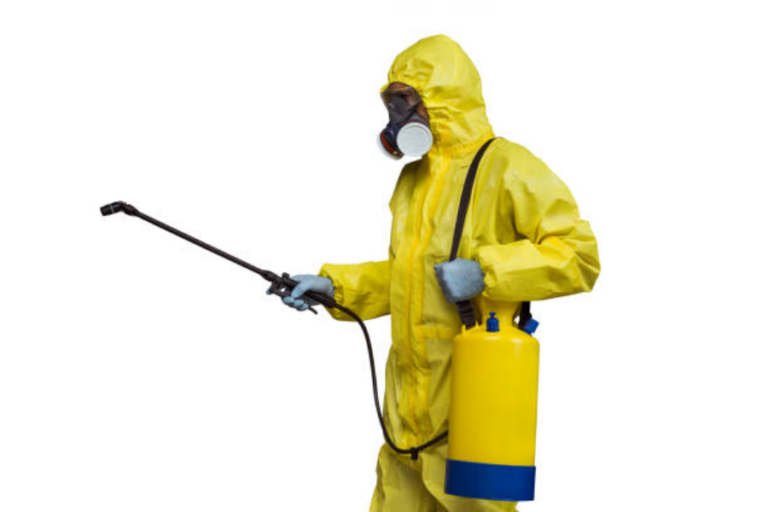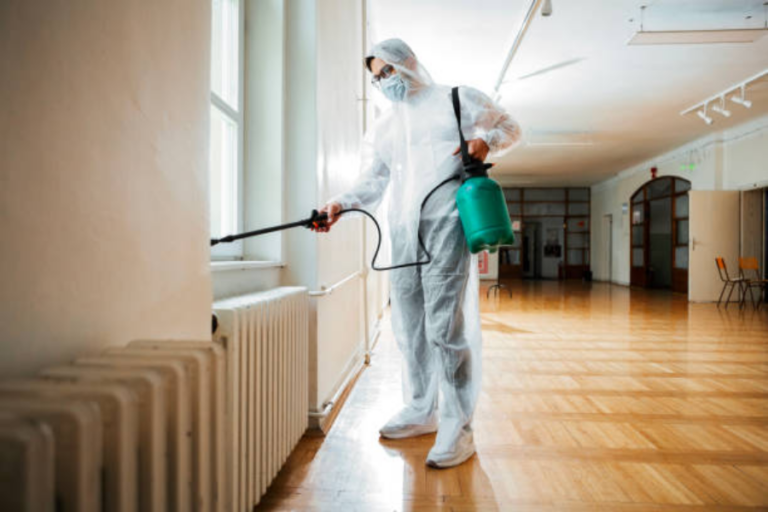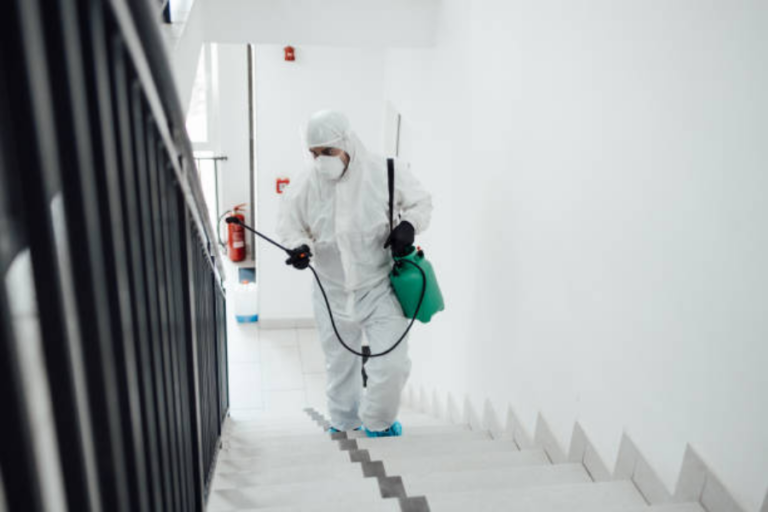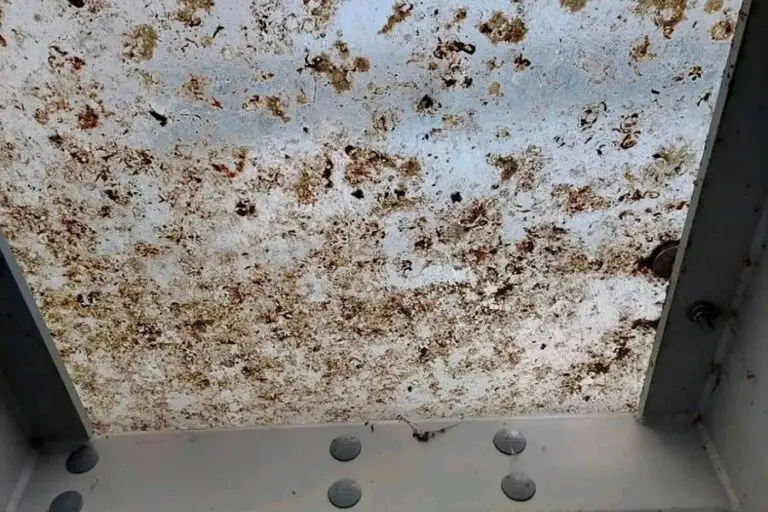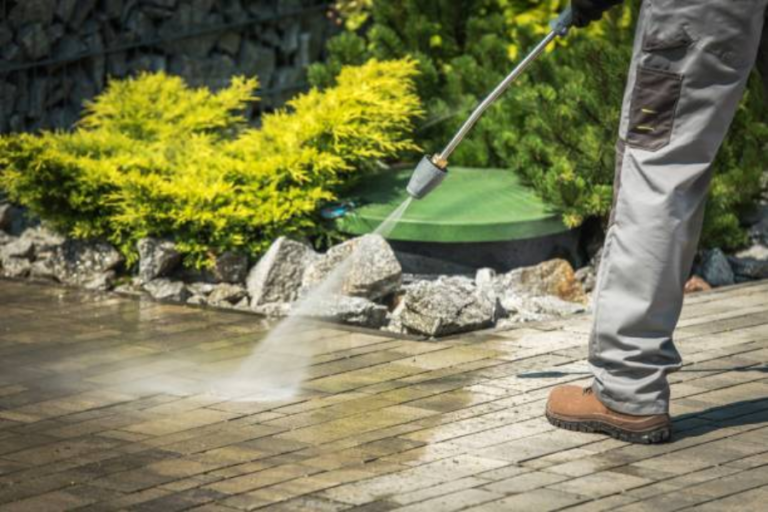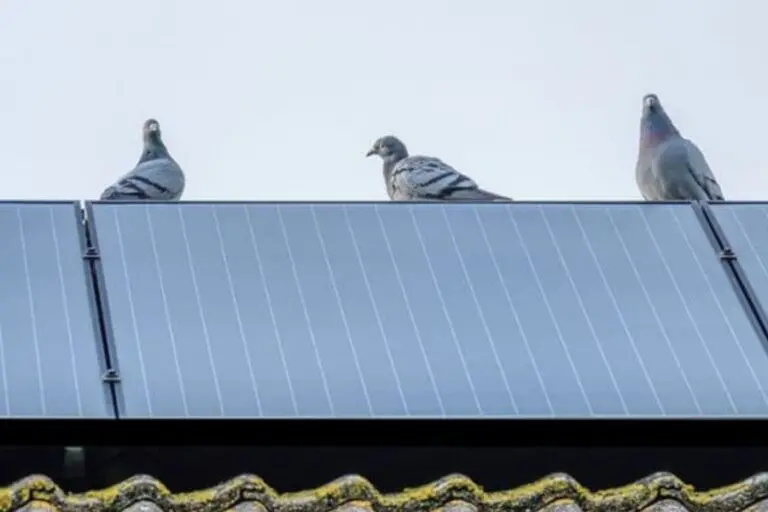Bee Nest Essentials: Identification, Safe Removal, DIY Repellents & Prevention
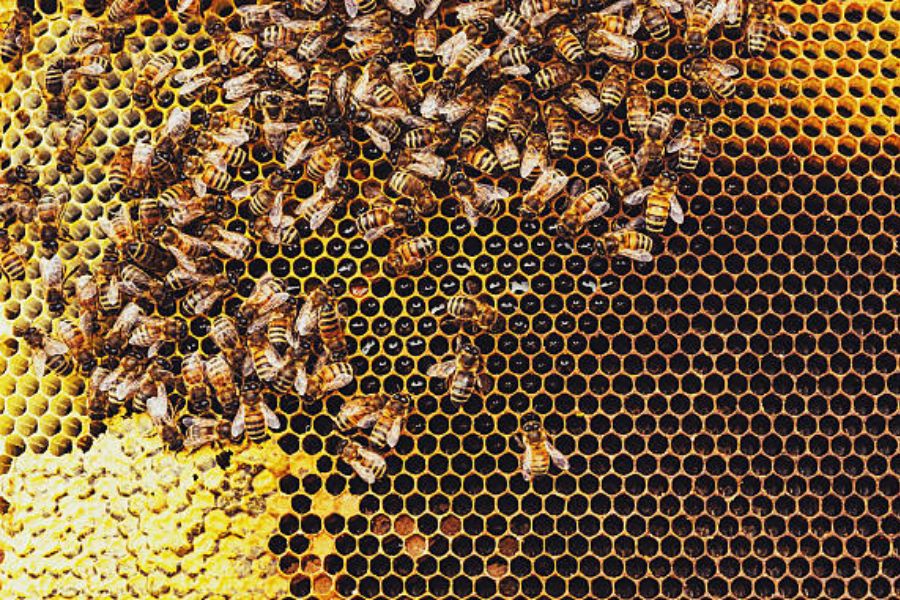
Bee Nests: From Identification to Safe Removal and Prevention
The presence of bee nests on your property can be a source of fascination and concern. Bees, as critical pollinators, are indispensable to the environment. However, a bee nest too close to human activity can pose safety risks. This guide covers everything you need to know about identifying, managing, and safely removing bee nests, focusing on when to seek professional help, natural and DIY repellents, and long-term prevention strategies.
Whether you’re a homeowner, gardener, or simply bee-curious, this guide offers the knowledge you need to coexist with bees while protecting your space.
What Are Bee Nests and Why Do They Matter?
Bee nests are essential structures where bees live, reproduce, and maintain colonies. Different types of bees create various nests, with honeybees making large wax honeycombs and solitary bees creating small, individual nests. Bee nests are vital for bee reproduction and ecosystem balance. Yet, nests on or near residential properties can lead to conflicts with humans, especially if nest locations pose risks of stings or property damage.
Bees, particularly honeybees and bumblebees, play a critical role in pollinating flowers, crops, and trees, supporting biodiversity and food production. Protecting bees and their habitats is a priority for environmental health and a responsibility we all share, making it essential to approach bee nest management carefully.
Identifying Bee Nests: Key Features to Look For
Knowing how to identify a bee nest is critical. Bee nests can vary significantly in appearance based on the species involved, location, and environmental factors. Here are some features to look for:
- Increased Bee Activity: One of the first signs of a nearby bee nest is increased bee activity around a particular spot. A bee nest may be nearby if you observe bees frequently entering and exiting a specific area, such as a wall cavity or garden shed.
- Buzzing Sounds: Bees generate a distinct buzzing or humming noise, especially when flying in and out of their nests. Listening to this sound can help locate hidden nests, particularly in wall voids or attics.
- Honeycomb Structures: Honeybees and some other bee species create honeycombs with wax, characterised by hexagonal cells. If you spot an exposed honeycomb, it likely belongs to a bee nest.
- Location: Bees are resourceful nest builders, so choose secluded spots like wall voids, attics, tree trunks, or under eaves. Some ground-nesting bees dig small burrows in the ground.
Different bee species have unique nesting habits, so recognising these signs is the first step in confirming a bee nest on your property.
Signs of a Bee Nest on Your Property
While bee nests can be hidden, specific indicators can signal their presence:
- Daytime Activity: Bees are most active during daylight, especially in warm weather. Observing bees consistently moving between flowers and one location suggests a nest may be nearby.
- Visual Observation: Sometimes, bee nests are visible, mainly in a tree or under an exposed structure. Honeycomb structures, waxy materials, or clustered bees around a single point are tell-tale signs.
- Increased Pollination: An abundance of bees visiting flowers in your garden may indicate a nest, particularly if bees transport pollen to and from a specific spot.
Observing these signs can help determine if bee nests are on your property, allowing you to plan the best response.
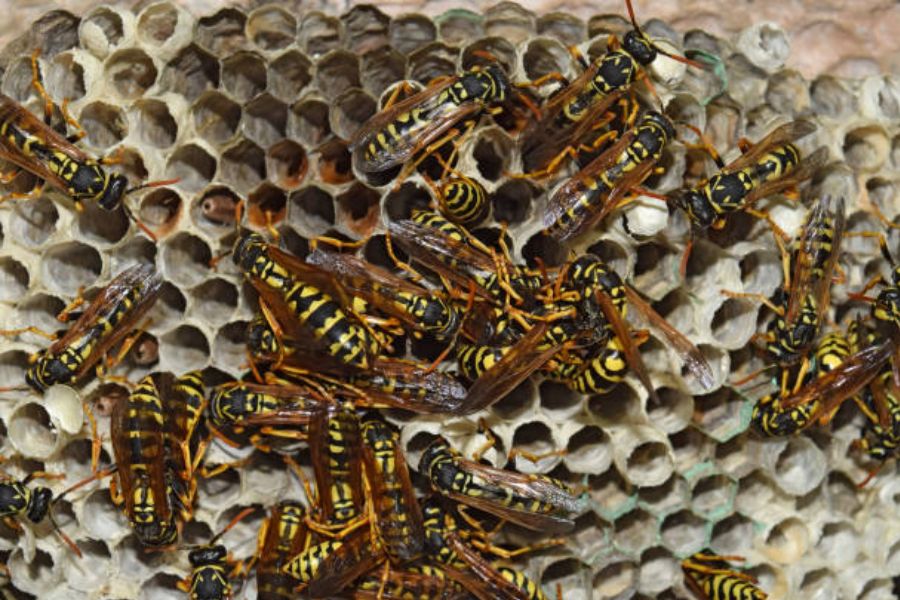
Benefits and Risks of Having Bee Nests on Your Property
While bee nests contribute to pollination and plant health, having a bee nest near high-traffic areas can introduce several risks that we need to be aware of and prepared for:
Benefits:
- Pollination: Bees pollinate flowering plants, which supports garden health, crop production, and biodiversity.
- Environmental Contribution: Bees support ecological balance by enabling plant reproduction and maintaining food sources for wildlife.
Risks:
- Allergic Reactions: Some people are allergic to bee stings, which can cause severe reactions or anaphylaxis.
- Aggressive Behaviour: Bees become defensive near their nests, increasing the risk of stings if people or pets disturb them.
- Structural Damage: Bees that nest in walls or attic spaces can weaken building materials, causing costly repairs.
Balancing these benefits and risks is essential for safe coexistence with bees, especially in residential settings.
Methods for Safe Removal of Bee Nests
There are various options for managing bee nests on your property:
- Natural Repellents: Certain scents deter bees. Essential oils like peppermint, eucalyptus, and citronella can act as bee repellents when diluted in water and sprayed around entry points.
- Relocation by Beekeepers: If the bee nest belongs to honeybees or another beneficial species, a local beekeeper may be able to relocate it rather than exterminate it.
- Professional Pest Control: Pest control services offer specialised treatments for bee nests, ensuring safe removal or relocation, depending on the species.
Selecting the right approach depends on the nest’s location, bee species, and potential risks to residents or neighbours.
Professional Treatment Options for Bee Nests
Professional pest control services provide effective options for managing bee nests. Depending on the species and the nest’s location, these may include insecticidal dust, smoke treatment, or physical removal.
- Insecticidal Dust: Professionals may apply insecticidal dust directly to the nest for certain species. This method is reserved for instances where relocation is impossible.
- Smoke Treatment: Smoke calms bees and can help safely remove a bee nest without harming the colony. Beekeepers often use this method to handle aggressive nests.
- Physical Removal: If feasible, professionals may physically remove the bee nest, either relocating it or disposing it according to environmental guidelines.
Professional services prioritise safe and humane treatment to minimise environmental impact, especially for essential pollinators.
Why Professional Bee Nest Removal is Recommended
Attempting to remove a bee nest without professional expertise is generally not advised:
- Safety Risks: Bees can become aggressive when their nest is disturbed, increasing the risk of multiple stings.
- Environmental Preservation: Licensed professionals know when to relocate instead of exterminating bees supporting pollinator populations.
- Proper Equipment: Professionals use protective gear and tools to ensure safe and effective removal.
Professional removal services ensure bee nests are managed safely, with minimal disruption to the ecosystem and residents.

Is it Safe to Leave Bee Nests Undisturbed?
Leaving a bee nest undisturbed is often the best choice if it poses no immediate risk. Here are some factors to consider:
- Remote Nest Location: If the nest is in a location that does not interfere with daily activities, like a distant tree, leaving it undisturbed is often safe.
- Non-Aggressive Species: Some bee species, like solitary bees, pose little threat and can be left alone without concern.
- Structural Risks: Bee nests in walls or attics may cause damage over time, so removal or relocation is advisable.
Local environmental regulations may also impact the decision to leave bee nests undisturbed, especially for protected species.
Understanding Bee Species and Behaviour Near Nests
Different bee species exhibit different nesting behaviours. Recognising the species can guide your approach to management:
- Honeybees: Typically less aggressive, they build wax combs and are valuable pollinators. Relocation is preferred for honeybee nests.
- Bumblebees: Social but generally non-aggressive, bumblebees often nest in the ground or secluded locations.
- Carpenter Bees: These bees drill into wood to create nests, potentially causing structural damage over time.
Understanding the specific bee species on your property can help you decide on appropriate nest management measures.
Preventing Bee Nests on Your Property
Implementing preventive measures can reduce the likelihood of bee nests forming on your property:
- Seal Entry Points: Close gaps in walls, roofs, and windows to prevent bees from accessing sheltered nesting areas.
- Reduce Nesting Sites: To minimise nesting opportunities, keep attics and sheds clean, trim vegetation, and remove clutter.
- Limit Attractants: Avoid leaving open water or sugary substances outdoors, which can attract bees to your property.
Regular inspections and proactive maintenance are key to preventing future bee nests.
Costs of Bee Nest Removal Services
Bee nest removal costs vary based on nest location, size, and type. Here are some typical costs:
- Standard Removal: Bee nest removal starts at approximately £70 but may increase with more enormous or hard-to-access nests.
- Relocation: Specialised services for relocating beneficial bee species, like honeybees, may cost more, typically around £100–£300.
For an accurate quote, consult local pest control services, which can assess the nest and provide specific pricing.
Natural Repellents for Bee Nest Control
If you prefer eco-friendly methods, natural repellents can help deter bee activity:
- Essential Oils: Peppermint, eucalyptus, and citronella oils repel bees. Dilute in water and spray around entry points and potential nesting spots.
- Vinegar Solution: Vinegar mixed with water deters bees. Spray around potential nest areas to discourage bees from settling.
Natural repellents offer temporary solutions but may need frequent application to be effective.
DIY Approaches to Manage Bee Activity
For minor bee issues, some DIY approaches can help:
- Sealing Cracks: Closing off small openings in structures can prevent bees from establishing nests indoors.
- Homemade Bee Traps: Simple traps can capture bees safely, especially in isolated areas like garages.
- Bee Houses: Providing bee houses in a secluded area can attract bees to a safe nesting spot away from human activity.
While DIY solutions work for mild bee issues, professional help is recommended for large or aggressive bee nests.
Long-Term Solutions for Bee Nest Prevention
Long-term prevention strategies can help keep your property free from bee nests:
- Regular Inspections: Check attics, garages, and other secluded areas periodically for signs of nesting.
- Landscape Management: Trim trees and shrubs near your home to reduce nesting sites and deter bee activity.
- Promote Safe Bee Spaces: Installing bee-friendly spaces like bee houses away from common areas can support bees without impacting human activity.
Coexisting Safely with Bee Nests
Bee nests are essential in supporting ecological balance, yet managing their presence near human spaces requires careful planning. This guide covers everything from identifying and removing bee nests to preventing future ones, emphasising safety and environmental responsibility. Consulting a licensed pest control expert is often the most effective and humane bee nest management approach.
Whether you consider natural repellents, seek professional help, or explore preventive measures, solutions are available to ensure safe coexistence with bee nests on your property.
